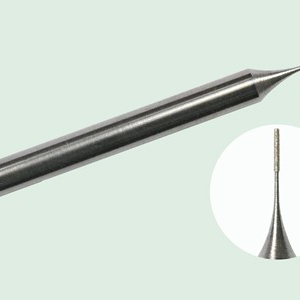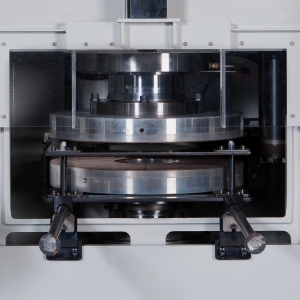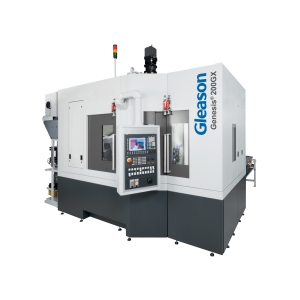Grinding
Episode 72: How do you spot loading?
Dr. Jeffrey Badger, Cutting Tool Engineering's "Ask the Grinding Doc" columnist, offers some simple advice for detecting whether your wheel has loading. About the Grinding Doc Video Series: Thanks to his work as an independent grinding consultant and the author of the "Ask the Grinding Doc" column in Cutting Tool Engineering magazine, Badger routinely receives questions about grinding from shops all over the world. Through the magazine column and this video series, he provides shops with the insight and guidance they seek.
Episode 71: The significance of size effect
Dr. Jeffrey Badger explains the significance of “size effect” in the latest episode of the Grinding Doc Video Series.
About the Grinding Doc Video Series: Thanks to his work as an independent grinding consultant and the author of the "Ask the Grinding Doc" column in Cutting Tool Engineering magazine, Badger routinely receives questions about grinding from shops all over the world. Through the magazine column and this video series, he provides shops with the insight and guidance they seek.











